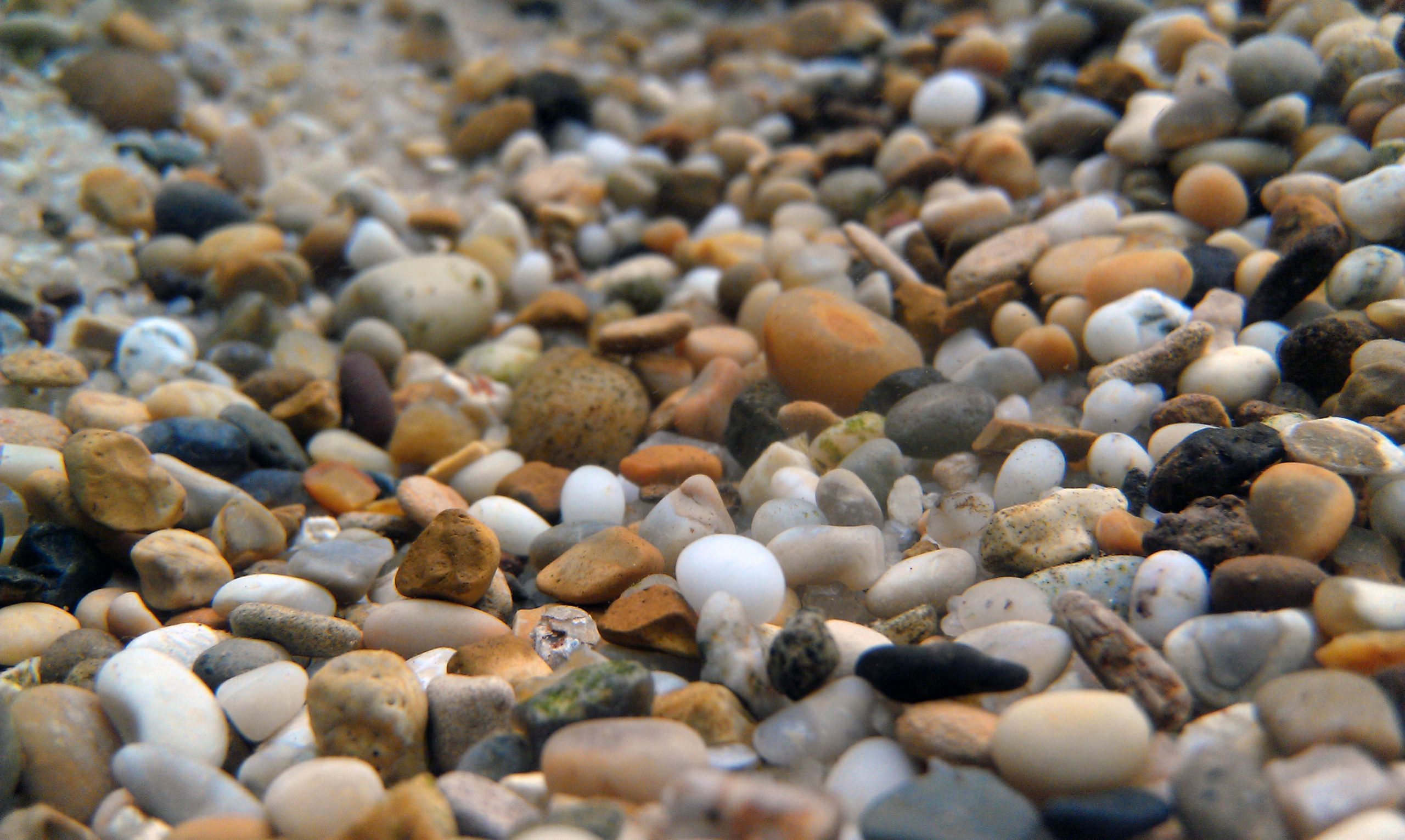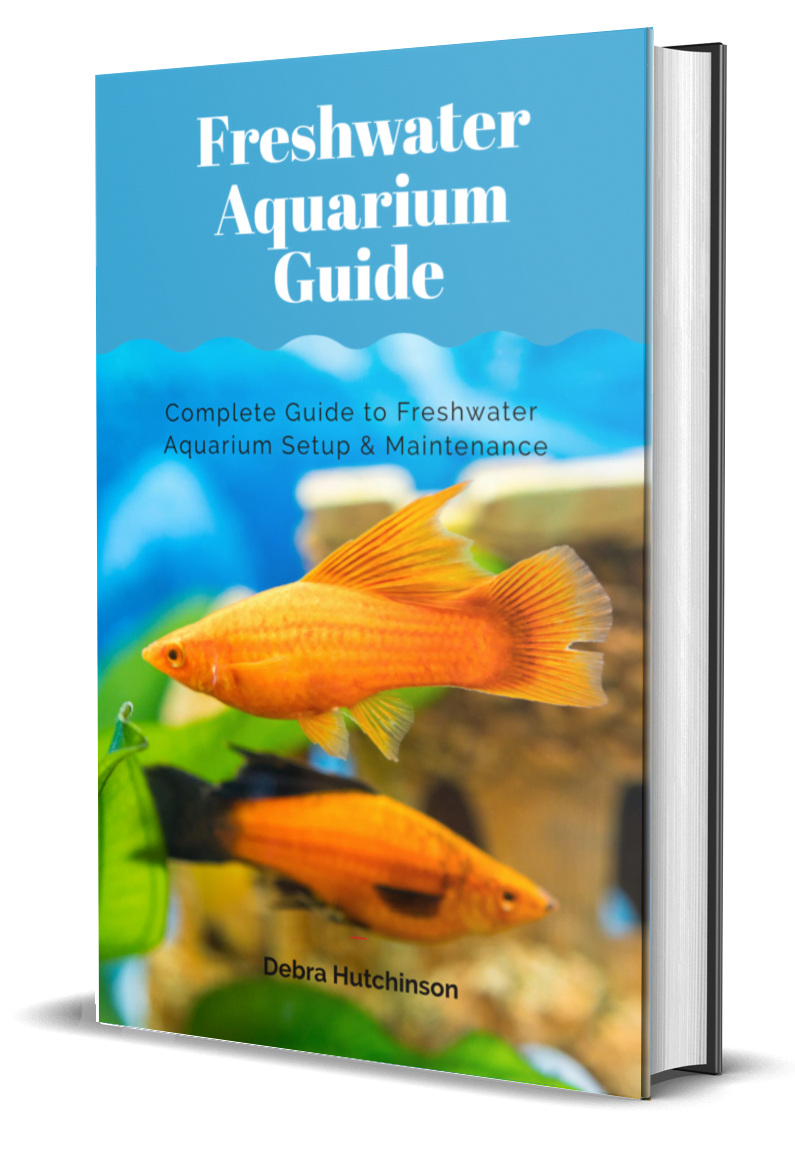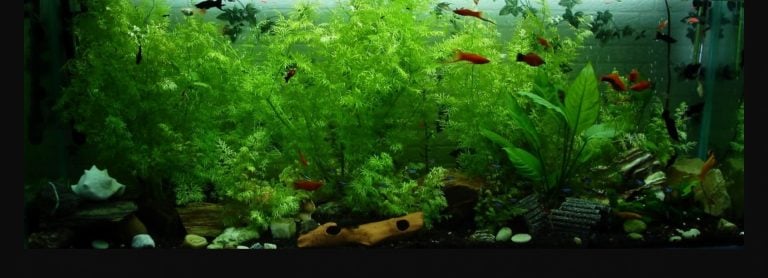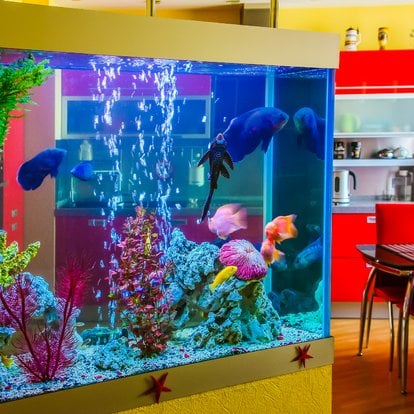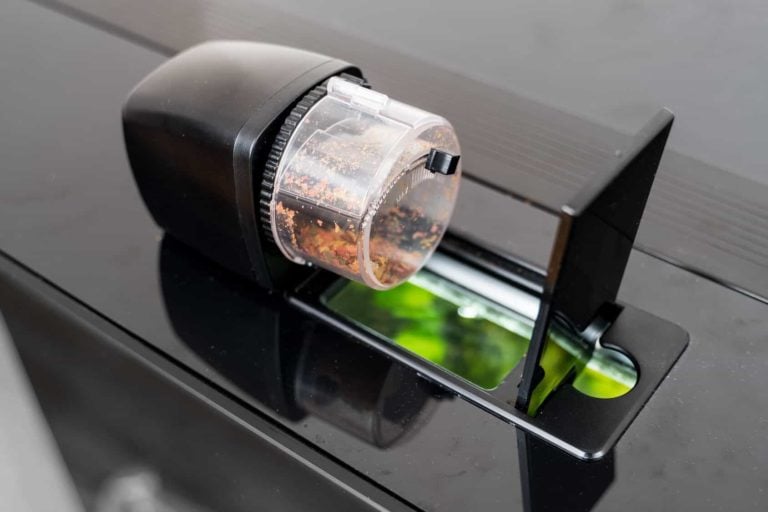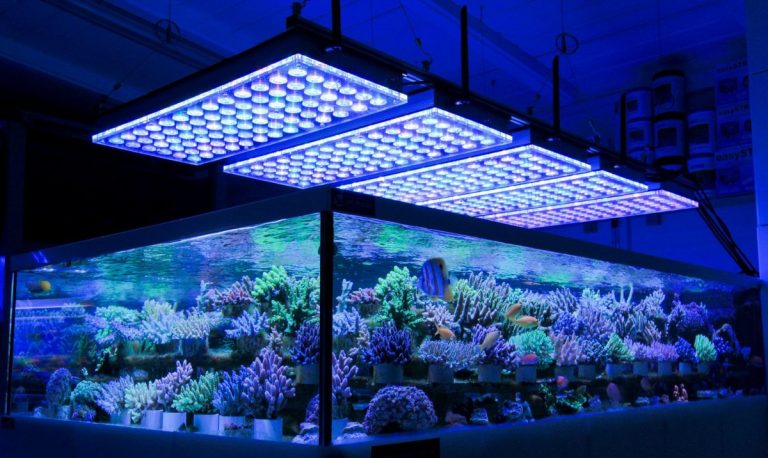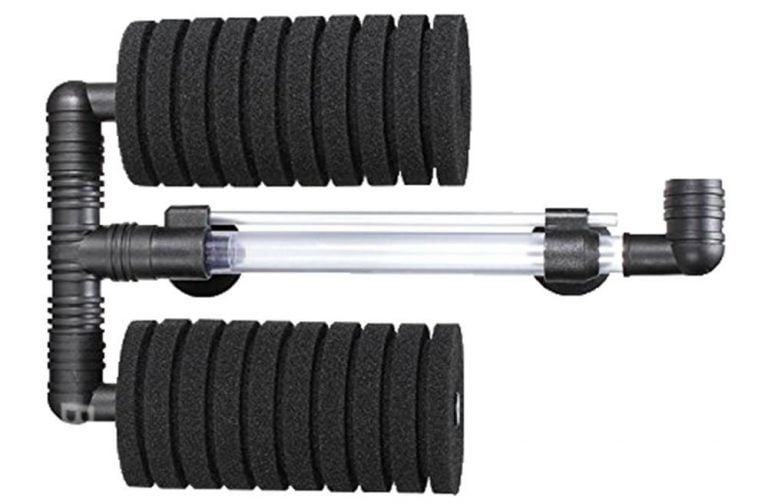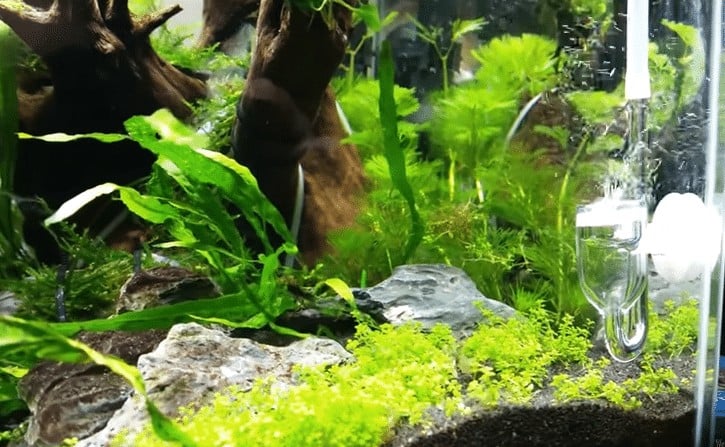Are You Laying The Right Substrate For Your Aquarium?
After you have acquired the appropriate aquarium tank for your fish, the next step is to lay the substrate.
The substrate is the layer of material places on the floor of the tank. It can comprise sand, pebbles or gravel.
Besides enhancing the aesthetics of the aquarium, the appropriate substrate for your aquarium matters as it affects the health of your aquarium.
Choosing The Right Substrate For Maximum Benefits
Whatever kind of substrate you choose, it is important that it does not adversely affect the water conditions by raising or lowering pH level.
The pH value of your aquarium water is an indication of whether the water is acidic, neutral, or alkaline.
Natural materials usually contain minerals that will dissolve in the water and alter its pH level. A change in pH level may be detrimental to the health of your fish and plants.
The ideal pH level will depend on the species of fish and plants you keep in your aquarium.
For instance, crushed coral or shells will create a high pH and carbonate hardness, which is not good for aquarium plants. On the other hand, a low pH and very soft water can cause root-rot and encourage algae growth.
The Various Types of Substrate Materials
Substrate materials come in many different sizes, shapes, and colors. The granules may be fine or coarse, with smooth or chipped edges. They may be manufactured or derived from natural sources.
The grain size of the substrate can affect water quality. A substrate of purely large gravel or pebbles allows food particles to fall between them, and these trapped particles will quickly decay and pollute the water.
On the other hand, if you are installing an undergravel filter in your aquarium, medium-size granules will be most suitable as finer ones may clog up the filter plates.
Sand is best when you have substrate-digging bottom feeders like catfish—gravel with sharp edges can hurt their barbells and bellies.
The depth of the substrate will depend mainly on the species of aquatic plants you keep. You may want to layer the substrate into terraces to create the aquascape you’ve envisioned.
Most importantly, the substrate must be able to provide adequate support for their roots and give them room to spread out and grow.
Deep-rooted plants need at least two to three inches deep substrate. If they are planted in sufficiently deep substrate, the roots will become entangled and they will suffer from a lack of nutrients.
Adding Substrate With Care
Before adding the chosen substrate material to your tank, clean the granules thoroughly by rinsing them with fresh water.
As you clean, check carefully for defects like foreign matter or sharp pieces and remove these.
Conclusion On Choosing The Right Substrate For Your Aquarium?
As an aquarist, it is important to choose the right substrate for your aquarium in order to achieve the maximum benefits. There are various types of substrate materials available, each with its own set of pros and cons. It is important to add the substrate with care, taking into consideration the needs of your fish and plants. With a little bit of research, you can find the perfect substrate material to create a healthy and beautiful aquarium.
Topics Covered

